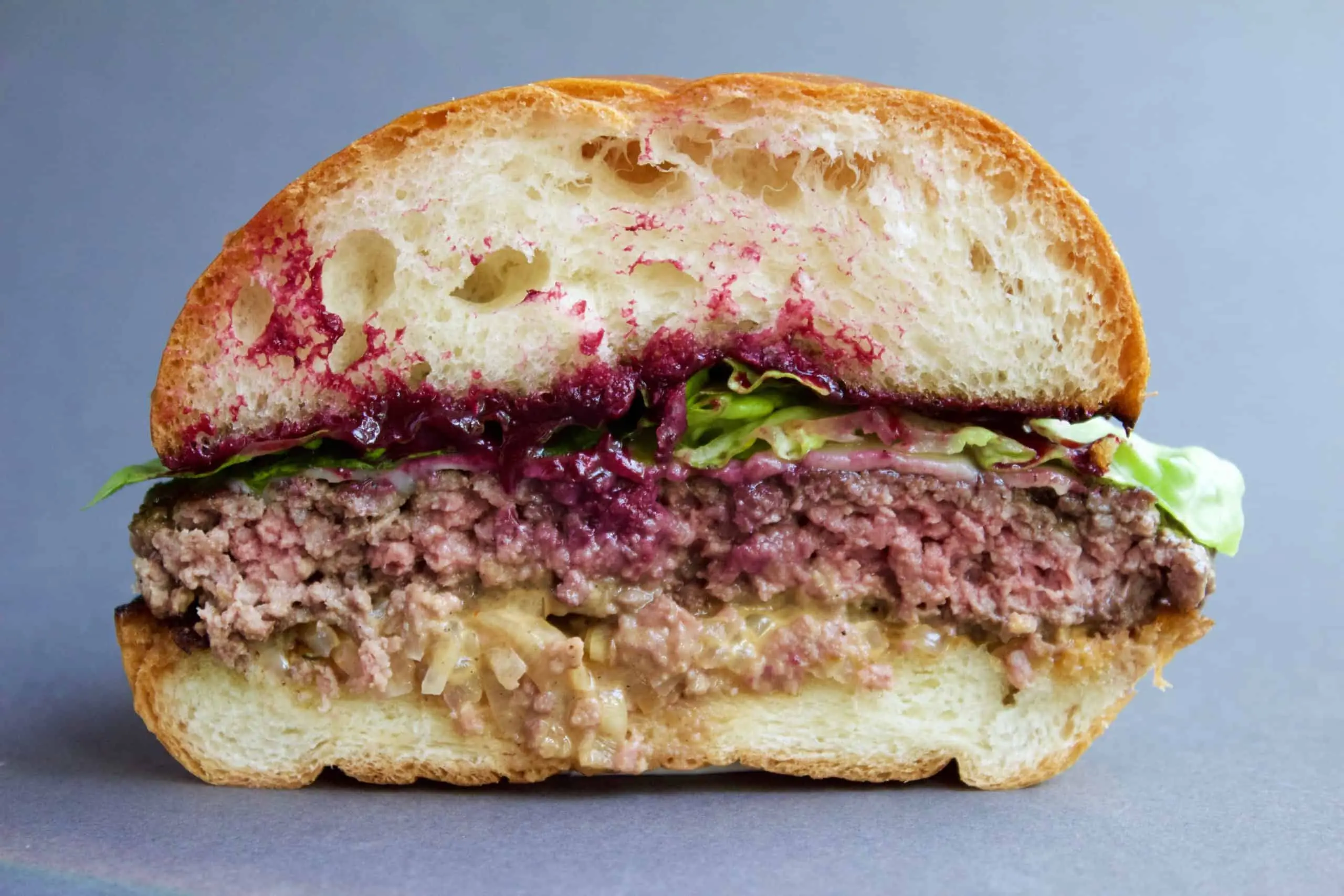Creating a delicious venison burger is an excellent way to enjoy deer meat. Venison offers a lean, flavorful alternative to traditional beef burgers.
To make the perfect venison burger, you need to combine the right ingredients and apply proper cooking techniques to enhance the natural taste of the meat.
Choosing the Right Cut of Venison
Picking the perfect cut of venison is vital for making a delicious burger. Each type of cut has its own texture and flavor profile.
Let’s look at two main factors to keep in mind when selecting deer meat: understanding different venison cuts and ensuring the quality of the meat you choose.
Venison Meat Varieties
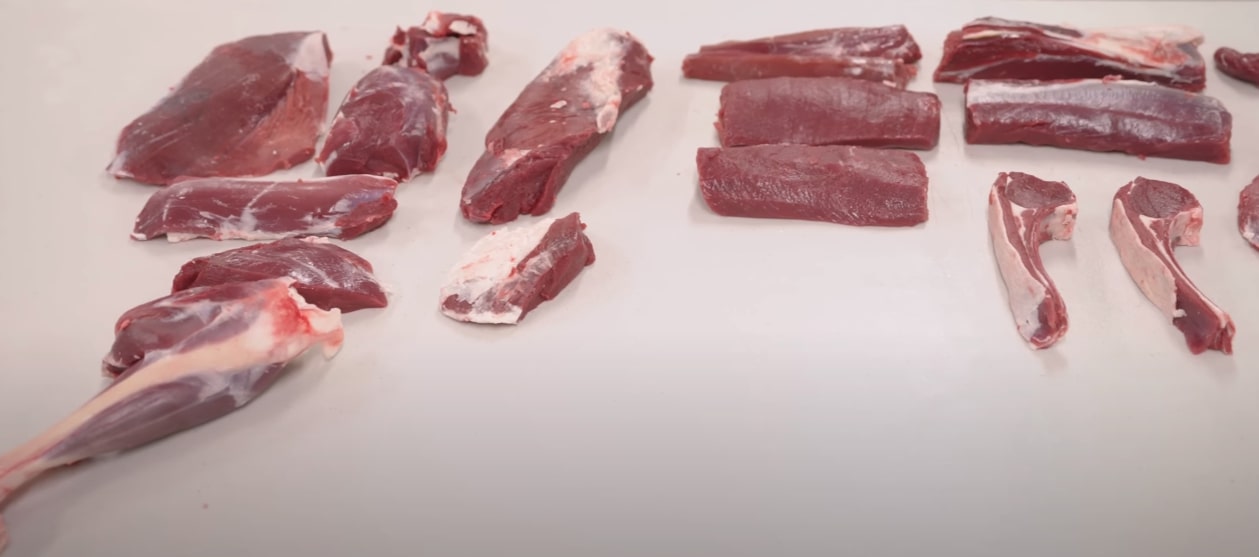
Venison comes from various parts of the deer, each offering unique qualities. Front shoulder, also known as the chuck, offers a rich flavor but can be tough.
Loin, or backstrap, is tender and commonly used for steaks.
Hindquarter cuts, like the rump, are lean and tender, making them suitable for burgers.
When making venison burgers, it’s often best to combine different cuts. Mixing tender cuts with some fatty portions from other areas can improve both taste and juiciness.
Avoid cuts with too much sinew or connective tissue, as these can make the meat chewy.
Selecting Quality Deer Meat
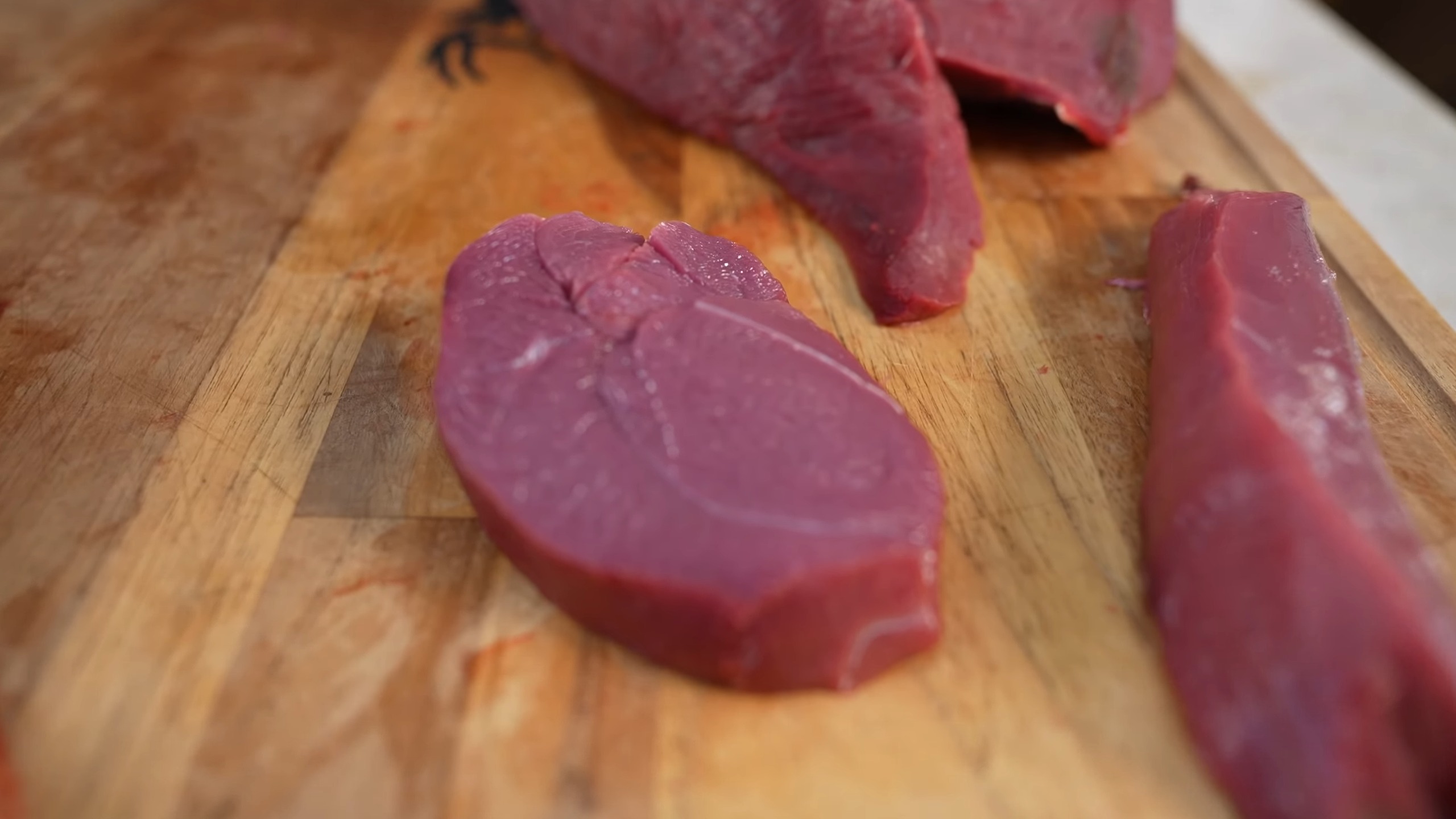
High-quality deer meat ensures your venison burgers will be tasty and safe to eat. Freshness is crucial. Look for meat that is deep red and free of discoloration. It should not have a strong odor; a mild scent is normal.
Ask your butcher about the origin of the venison. Wild deer and farm-raised deer have different flavors due to their diet. Wild deer often eat natural forage, leading to a gamey taste, while farm-raised deer may have a milder flavor.
Trim off any excess fat or silver skin before grinding the meat. Fat in venison can be quite firm and unappealing in texture. Removing the silver skin is important as it can be tough and affect the texture of your burgers.
Preparing Your Venison
To make the perfect venison burger, you need to focus on the right fat ratio, proper grinding technique, and ideal seasoning. This will ensure your burgers are juicy and full of flavor.
Lean Meat and Fat Ratio
Venison is very lean, which can make your burgers dry. To fix this, you need to add fat to your ground venison. A good ratio is 80% lean meat to 20% fat.
Beef fat, pork fat, or even venison fat can be used. Beef fat is common because it has a neutral flavor. Pork fat can add a slight sweetness. Make sure you mix the fat evenly with the meat for consistent flavor and juiciness.
Grinding Your Venison
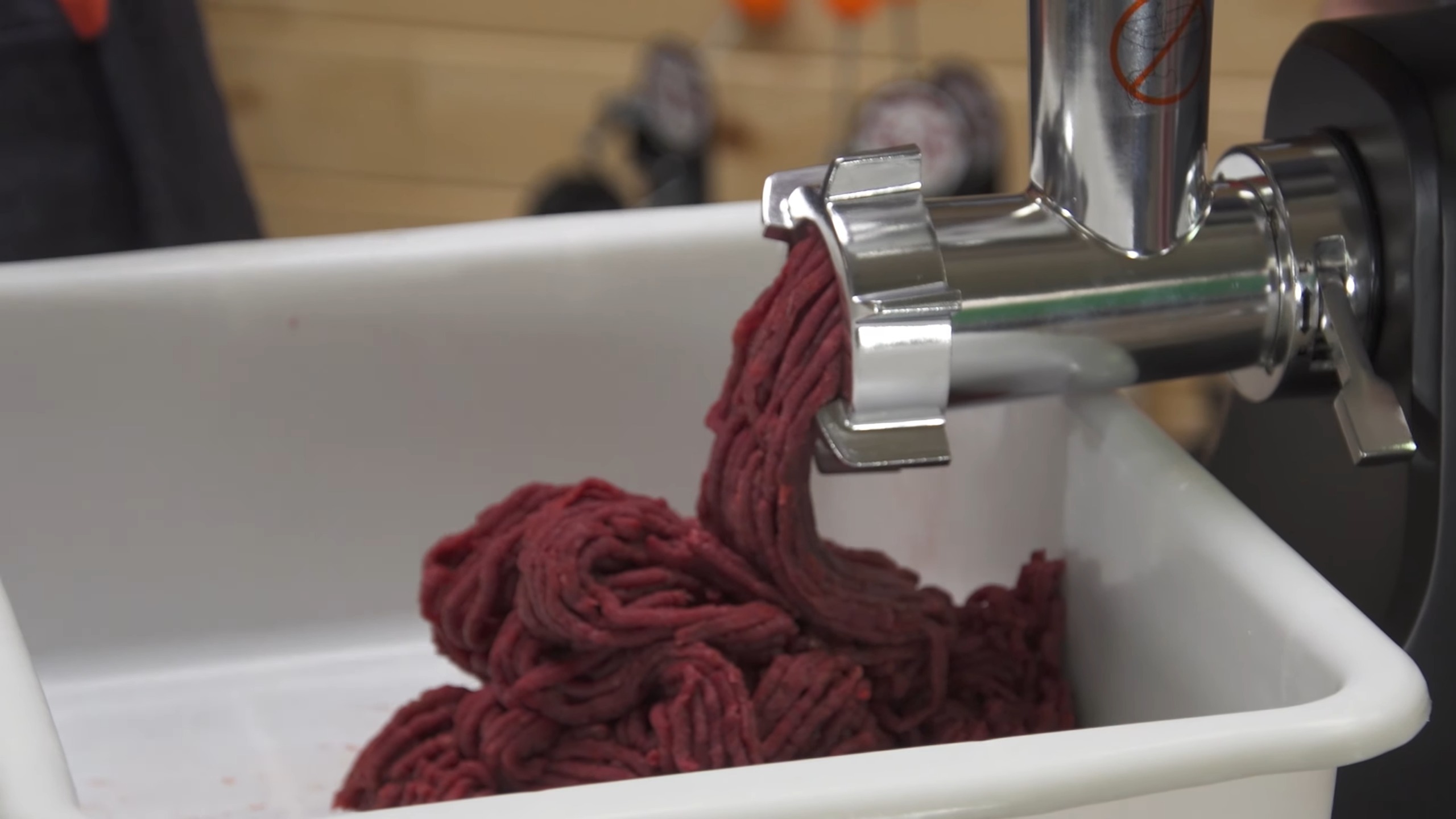
Grinding your venison at home gives you control over the texture and mix. Use a meat grinder for the best results. Start by cutting your venison and fat into chunks.
Put the meat and fat in the freezer for 30 minutes to make grinding easier. Choose a coarse grind setting for hearty burgers or a fine setting for a smoother texture.
Grind the meat and fat together to ensure even distribution, and avoid overworking the meat to keep it tender.
Seasoning the Meat Mixture
Proper seasoning is key to a delicious venison burger. Start with basic seasonings like salt, black pepper, and garlic powder.
Onion powder can add depth without overpowering the natural flavors.
Add the seasonings to your ground meat, and mix gently. You don’t want to over-mix, as it can make the burgers tough.
Consider adding Worcestershire sauce or finely chopped onions for extra flavor.
For a bit of a kick, you may also include a small amount of paprika or cayenne pepper. Mix until everything is just combined, and shape your patties with a slight divot in the center to help them cook evenly.
Crafting the Perfect Venison Patties
Creating the best venison patties involves paying close attention to thickness and shaping. These steps ensure your burgers turn out flavorful and juicy.
Achieving the Ideal Thickness
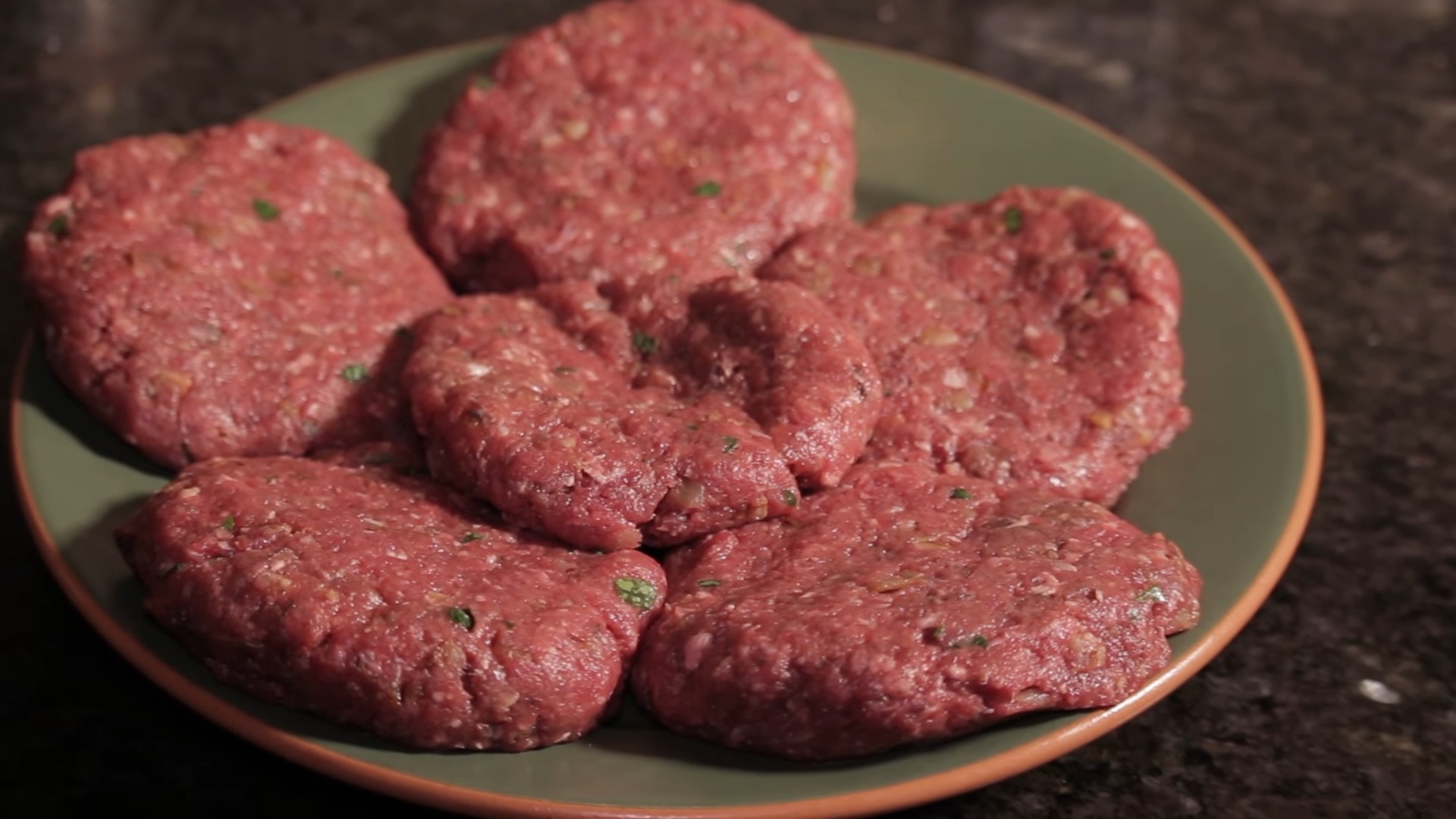
For a venison patty, aim for a thickness of roughly 3/4 to 1 inch. This helps in even cooking and retaining moisture. Thicker patties might cook unevenly, leaving the center raw while the edges become overdone.
Using a weighing scale ensures uniformity. Aim for each patty to be around 6 ounces. Uniform size helps the patties cook at the same rate.
Avoid pressing down on the patties with a spatula while cooking. This can squeeze out juices, making the meat dry.
Tips for Shaping Patties
To shape perfect patties, start by forming the ground venison into equal-sized balls. Press them gently into a patty shape, keeping the edges slightly thicker than the center. This helps them cook more evenly.
Include a small dent or divot in the center of each patty. This prevents them from puffing up while cooking.
You can use a tablespoon or your thumb to make an indent.
Consider adding binders like egg or saltine crackers to the ground meat mixture. This helps the patties hold together better.
Mix gently to keep the texture light and avoid overworking the meat.
These simple techniques ensure your venison patties stay juicy, flavorful, and perfectly shaped for a delicious burger every time.
Choosing the Right Bun and Toppings
Your choice of bun and toppings can significantly enhance the flavor and texture of your venison burger.
The right bun can complement the lean meat, while the right toppings can add layers of taste and texture.
Selecting a Complementary Bun
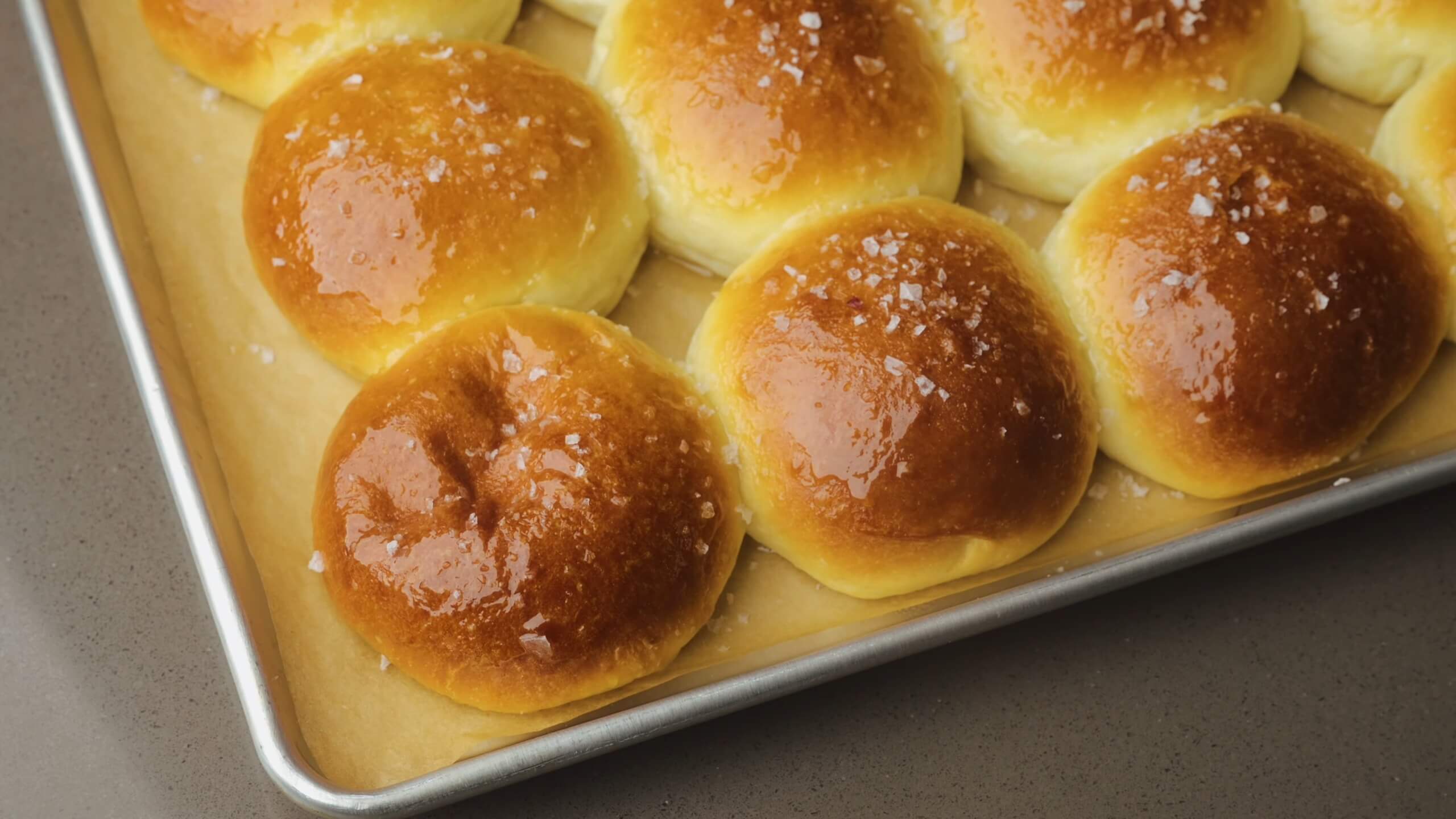
Picking the right bun is crucial. Brioche buns are a popular choice because they have a buttery flavor and soft texture that pairs well with the lean meat of venison.
They help balance the burger without overpowering its taste.
Potato buns are another option. They are soft and slightly sweet, which can complement the savory taste of the venison.
Whole wheat buns provide a nutty flavor and a bit more texture, adding another layer of flavor to your burger.
Regardless of the type, make sure your buns are fresh and slightly toasted. This helps prevent them from getting soggy and adds a nice crunch.
Variety of Toppings for Enhanced Flavor
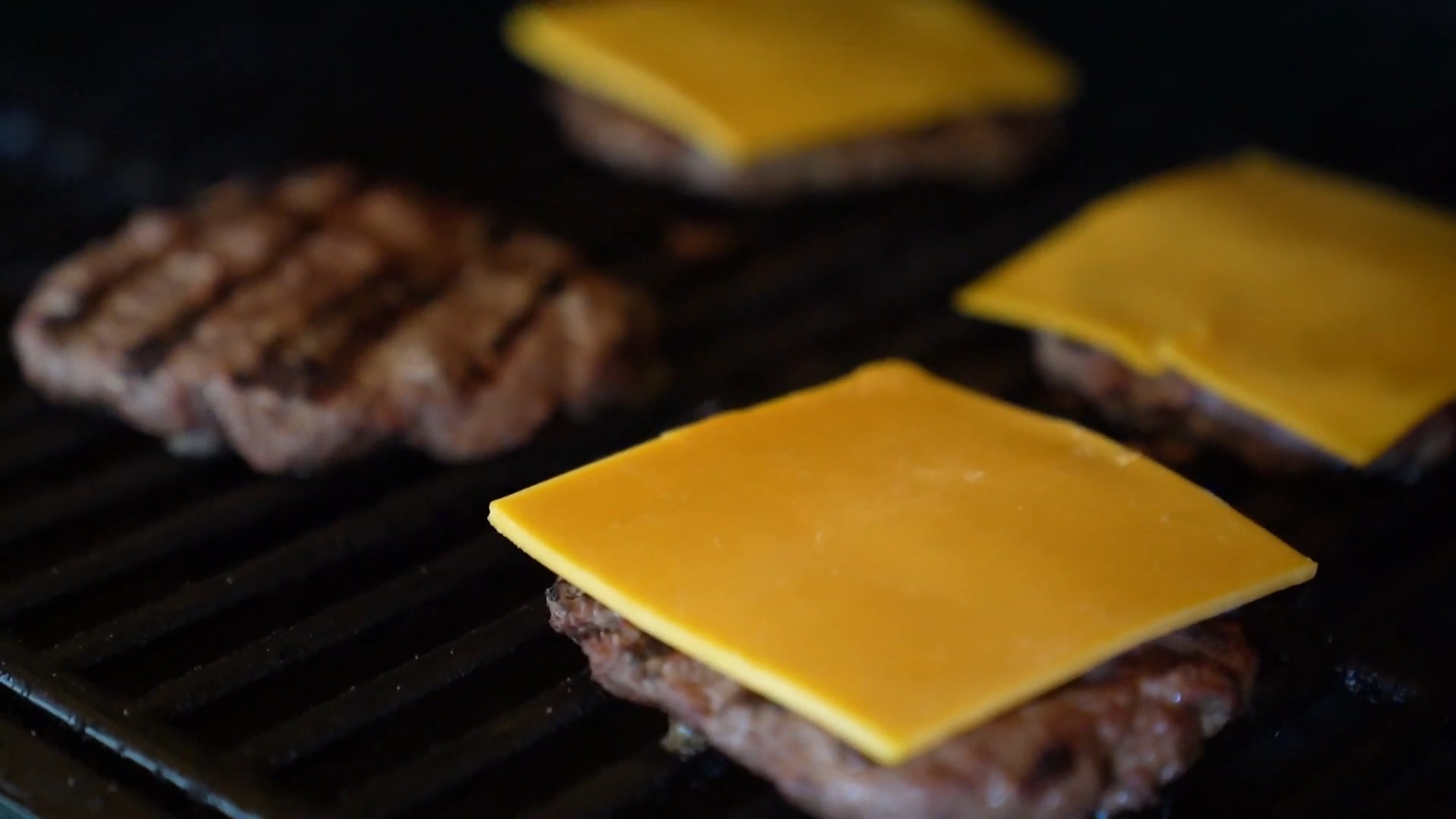
The toppings you choose can make a big difference in taste. Start with basic vegetables like tomato, lettuce, and onion. Tomato adds juiciness, lettuce adds crunch, and onion adds a sharp flavor.
Cheddar cheese is a great addition. It melts well and offers a rich, tangy taste that complements the venison.
Add bacon for a crispy texture and smoky flavor.
Consider condiments like ketchup, mustard, and mayo. Each brings its own flavor profile. BBQ sauce can also be a good choice for a sweet and smoky taste.
Add a dash of Worcestershire sauce for a deeper umami flavor.
Finally, don’t forget pickles for a tangy crunch.
Experiment with different combinations until you find the perfect match for your taste.
Tips for Storing and Reheating
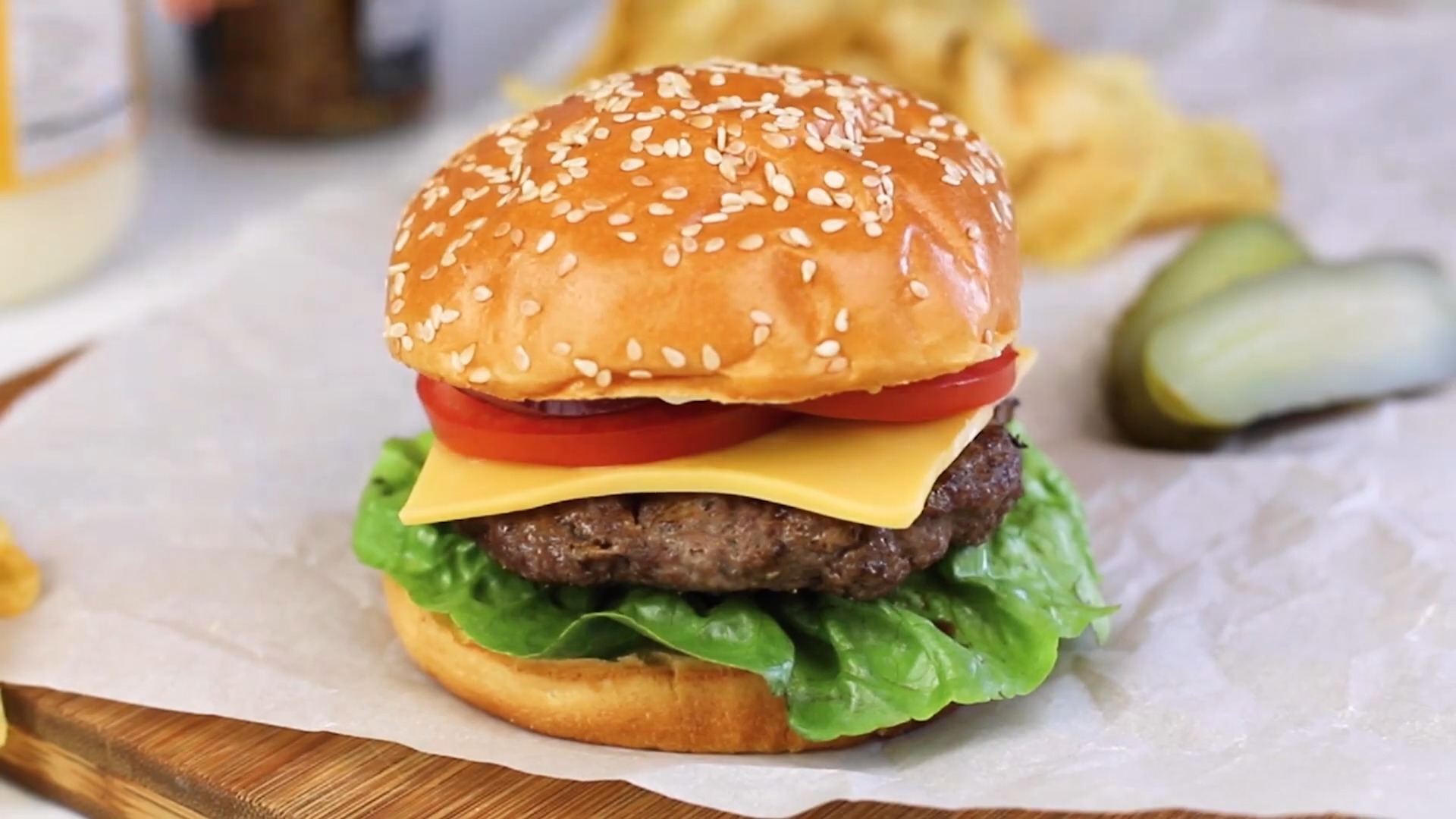
Proper storage and correct reheating methods can help you maintain the flavor and moisture of your venison burger, ensuring it remains delicious.
Preserving the Venison Burger’s Quality
When storing cooked venison burgers, it’s essential to place them in an airtight container to prevent exposure to air.
Exposure can lead to bacteria growth and spoilage. Refrigerate the burgers promptly and consume them within 3-4 days.
For long-term storage, you can freeze the burgers. Individually wrap each burger in plastic wrap or aluminum foil first.
Then, place the wrapped burgers in a freezer-safe bag or container. This prevents freezer burn and maintains the quality of the meat.
Labeled containers can help you keep track of the date you stored them.
Reheating Without Losing Moisture
To reheat venison burgers without losing moisture, consider using the oven. Preheat the oven to 350°F (175°C).
Place the burgers on a baking sheet and cover them with aluminum foil. This helps retain moisture while heating. Heat the burgers for about 10 minutes, checking regularly to ensure they don’t dry out.
Alternatively, you can reheat them in a skillet. Heat a small amount of oil in the skillet over medium heat.
Add the burgers and cover the skillet with a lid. This traps steam and helps keep the burgers moist.
Turn them occasionally, heating until thoroughly warmed, typically within 5-7 minutes.

